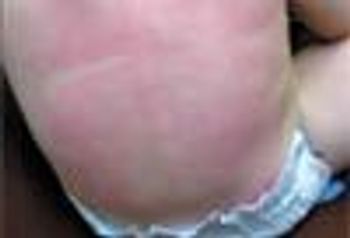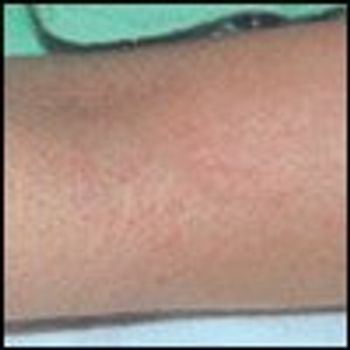
The prevalence and incidence of sinus infection, or sinusitis, is increasing and has been estimated to affect 31 million persons in the United States each year. It is one of the most common reasons why patients seek a physician's care. If left untreated, sinusitis can cause significant physical symptoms and can negatively affect quality of life by substantially impairing the daily functioning of sufferers. For children, this can mean learning difficulties at school and for adults, a loss of efficiency at work.







